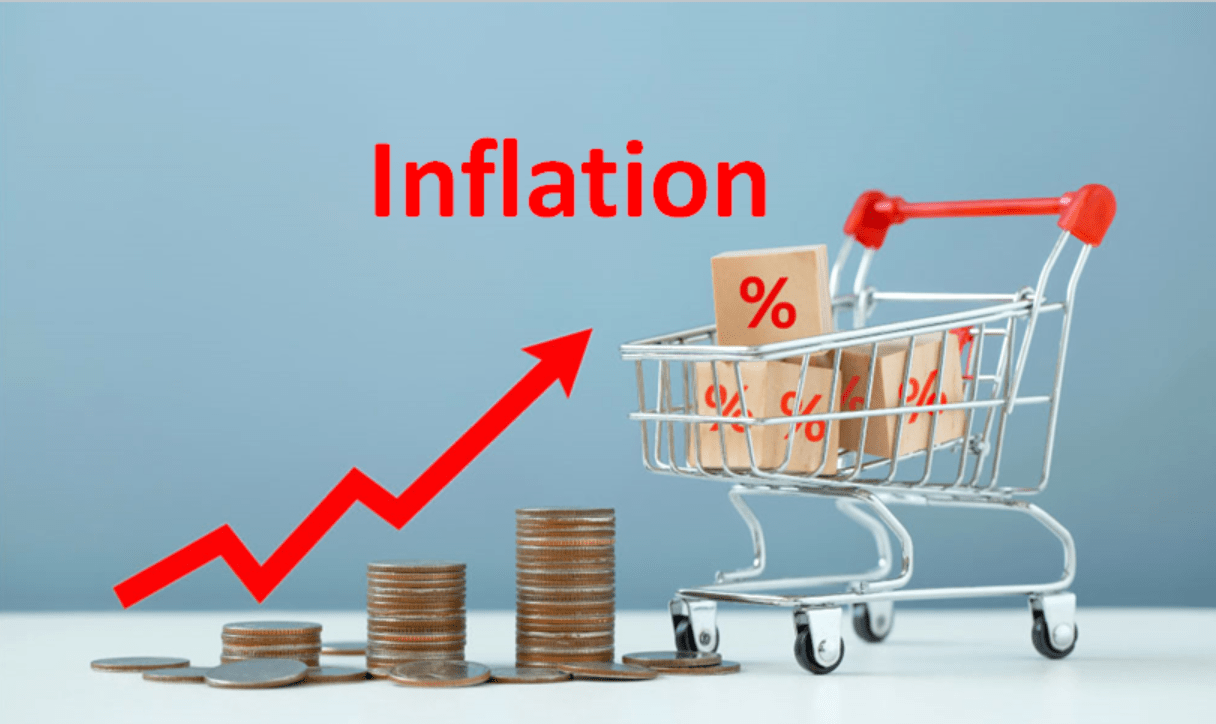In Nigeria’s bustling markets, a slight easing in overall inflation and a small drop in food inflation brings relief.
For the second consecutive month, the National Bureau of Statistics reported a small drop in the headline inflation rate, falling from 33.40% in July to 32.15% in August 2024.
Though still above last year’s 25.80%, this small decrease offers hope amid rising costs.

In August 2024, Nigeria’s inflation rate fell from 33.40% in July to 32.15%.
This small decrease, though modest, is a hopeful sign that inflation might be stabilising.
It’s the second month in a row that the inflation rate has fallen.
This suggests a potential easing of the intense economic pressures that have been affecting many Nigerians.
Despite this small drop, the inflation rate remains significantly higher than the 25.80% recorded in August 2023.
This year-on-year increase of 6.35 percentage points indicates that prices have been climbing steadily over the past year.
Looking at the month-to-month changes, inflation stood at 2.22% in August, a slight reduction from July’s 2.28%.
This suggests that while prices are still rising, the rate of increase has slowed down a bit.
Food prices have been a major driver of inflation, and this trend continues.
Food inflation surged from 29.34% in August 2023 to 37.52% in August 2024.
Read Also; See Food Items Prices That Have Dropped As Nigeria’s Inflation Fall
Food inflation slightly decreased from 2.47% in July to 2.37% in August. However, the overall increase remains significant.
Core Inflation And Regional Variations
Core inflation, which excludes the more volatile food and energy prices, remained high at 27.58% year over year.
This is a significant rise of 6.43 percentage points from August 2023.
The National Bureau of Statistics (NBS) pointed out that key areas like rent, transportation, lodging services, and medical costs have seen notable price increases.
These increases are contributing to the high core inflation.
Inflation rates also variesaA by region.
Urban areas saw a year-on-year inflation rate of 34.58%, while rural areas experienced a 29.95% increase.
Month-on-month, urban inflation eased slightly to 2.39%, while rural inflation decreased to 2.06%.
This shows that inflation is still high across the board.
However, the rate of increase is slowing down, offering a bit of relief to both city dwellers and those in rural areas.

